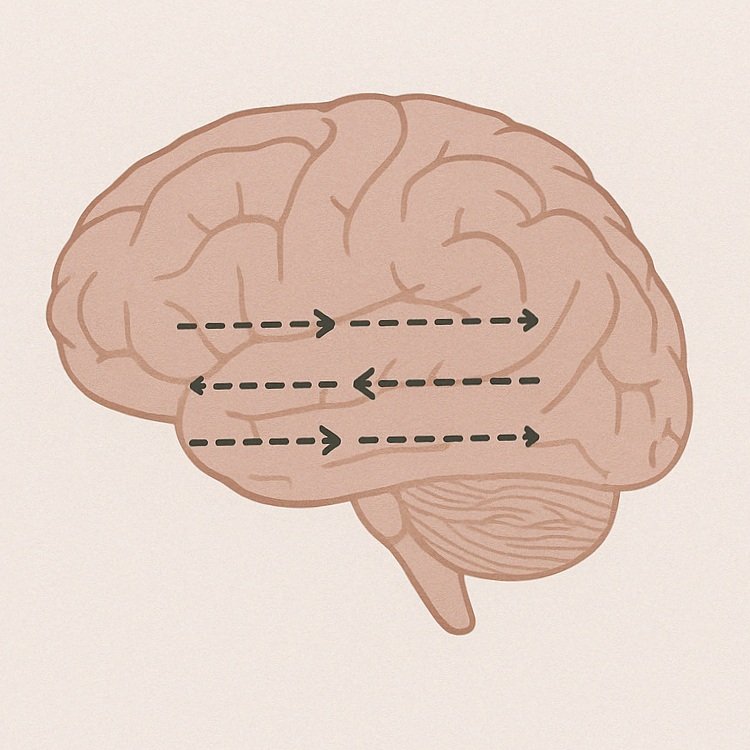EMDR: Because Your Brain Deserves a Healing Plan, Too
If you cut your finger, your body knows how to heal. But what if something keeps reopening the wound? That’s what unresolved trauma does—it lingers, making it harder to move forward. Trauma isn’t just emotional pain; it’s a brain injury. And just like a physical wound needs proper treatment, so does your mind.
Enter EMDR, or Eye Movement Desensitization and Reprocessing. It may sound a little unusual at first, but trust me—it’s backed by science and has helped millions of people heal from trauma.
What Is EMDR and How Does It Work?
Francine Shapiro, the founder of EMDR, once said: “The past affects the present even without our being aware of it.”
That’s the essence of trauma—it keeps showing up, even when we don’t expect it. EMDR is designed to help your brain reprocess painful memories so they stop interfering with your life.
Here’s the simple version: When you experience something traumatic, your brain sometimes gets stuck, keeping that memory raw and unprocessed. EMDR helps move it from the “stuck” file to the “processed” file—so it’s no longer an open wound.
The therapy uses bilateral stimulation (eye movements, tapping, or sounds) to mimic the way your brain processes memories during REM sleep. It’s like giving your brain a second chance to sort things out, but this time in a safe and controlled environment. (Learn more about EMDR from the EMDR Institute)
Trauma Is Like a Wound That Won’t Heal
Imagine breaking your arm, but instead of setting the bone, you just try to ignore it. That’s what happens with unresolved trauma. You push through, but the pain lingers, and over time, it affects everything—your sleep, relationships, mood, and even physical health.
PTSD and trauma can keep your brain stuck in survival mode, making it hard to feel safe, even when there’s no immediate danger. EMDR works like a doctor setting that broken bone—it helps restart the healing process your brain was trying to do all along.
And no, EMDR doesn’t erase memories. It just makes them less overwhelming. (Check out NIMH’s guide on PTSD)
Does EMDR Really Work?
Short answer? Yes. And there’s a lot of research to prove it.
EMDR is recognized as an evidence-based therapy by organizations like the American Psychological Association (APA), the World Health Organization (WHO), and the Department of Veterans Affairs (VA). It’s been shown to reduce trauma symptoms significantly, often in fewer sessions than traditional talk therapy.
Shapiro put it best: “The goal of EMDR therapy is to help clients replace negative images, emotions, and beliefs with positive ones.”
Yes, it can feel a little weird at first. But weird doesn’t mean ineffective! In fact, many people start feeling relief much sooner than they expect. (Explore more EMDR research from the APA)
Is EMDR Right for You?
If you’ve been struggling with painful memories, flashbacks, or emotional triggers that just won’t go away, EMDR might be worth considering.
Therapy isn’t one-size-fits-all, and not everyone responds to the same methods—but if you’re feeling stuck, why not try something different? Your brain wants to heal—sometimes, it just needs a little guidance. And that’s okay.
Want to learn more or see if EMDR is a good fit for you? Contact me here and let’s talk about it.
Ready to Begin Your Healing Journey?
Whether you’re navigating grief, trauma, or just feeling stuck, you don’t have to face it alone. I’d be honored to walk alongside you.
Reach out today to schedule a session or learn more about how we can work together at www.newbeginningswtn.com.
Because healing starts with one small, brave step. 🦋
New Beginnings Counseling proudly serves clients in Watertown, SD and nearby areas with both in-person and virtual support.


